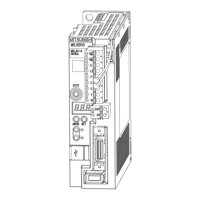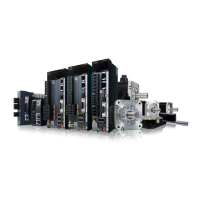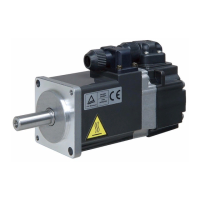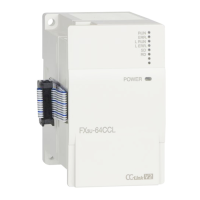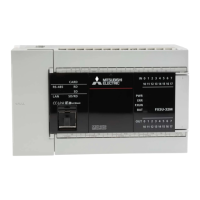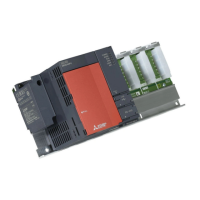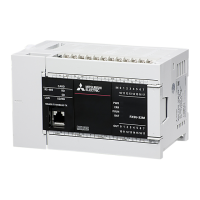1 Functions and configuration
1 - 7
1.5 Function list
The following table lists the functions of this servo. For details of the functions, refer to the reference field.
Control mode Description
Detailed
explanation
Position control mode This servo is used as a position control servo.
Section 3.2.1
Section 3.6.1
Section 4.2
Speed control mode This servo is used as a speed control servo.
Section 3.2.2
Section 3.6.2
Section 4.3
Torque control mode This servo is used as a torque control servo.
Section 3.2.3
Section 3.6.3
Section 4.4
Position/speed control
change mode
Using input device, control can be switched between position control and speed
control.
Section 3.6.4
Speed/torque control change
mode
Using input device, control can be switched between speed control and torque control. Section 3.6.5
Torque/position control
change mode
Using input device, control can be switched between torque control and position
control.
Section 3.6.6
High-resolution encoder
High-resolution encoder of 4194304 pulses/rev is used as the encoder of the rotary
servo motor compatible with the MELSERVO-J4 series.
Absolute position detection
system
Merely setting a home position once makes home position return unnecessary at
every power-on.
Chapter 12
Gain switching function
You can switch between gains during rotation and gains during stop or can use an
input device to switch gains during operation.
Section 7.2
Advanced vibration
suppression control II
This function suppresses vibration at the arm end or residual vibration. Section 7.1.5
Adaptive filter II
Servo amplifier detects mechanical resonance and sets filter characteristics
automatically to suppress mechanical vibration.
Section 7.1.2
Low-pass filter
Suppresses high-frequency resonance which occurs as servo system response is
increased.
Section 7.1.4
Machine analyzer function
Analyzes the frequency characteristic of the mechanical system by simply connecting
a MR Configurator2 installed personal computer and servo amplifier.
MR Configurator2 is necessary for this function.
Robust filter
This function provides better disturbance response in case low response level that
load to motor inertia ratio is high for such as roll send axes.
[Pr. PE41]
Slight vibration suppression
control
Suppresses vibration of ±1 pulse produced at a servo motor stop. [Pr. PB24]
Electronic gear Input pulses can be multiplied by 1/10 to 4000.
[Pr. PA06]
[Pr. PA07]
S-pattern
acceleration/deceleration time
constant
Speed can be increased and decreased smoothly. [Pr. PC03]
Auto tuning
Automatically adjusts the gain to optimum value if load applied to the servo motor
shaft varies. Higher in performance than MR-J3 series servo amplifier.
Section 6.3
Brake unit
Used when the regenerative option cannot provide enough regenerative power.
Can be used for the 5 kW or more servo amplifier.
Section 11.3
Power regenerative converter
Used when the regenerative option cannot provide enough regenerative power.
Can be used for the 5 kW or more servo amplifier.
Section 11.4
Regenerative option
Used when the built-in regenerative resistor of the servo amplifier does not have
sufficient regenerative capability for the regenerative power generated.
Section 11.2
Alarm history clear Alarm history is cleared. [Pr. PC18]
Output signal selection
(device settings)
ST1 (Forward rotation start), ST2 (Reverse rotation start), and SON (Servo-on) and
other input device can be assigned to any pins.
[Pr. PD03] to
[Pr. PD22]
Output signal selection
(device settings)
The pins that output the output devices, including ALM (Malfunction) and DB
(Dynamic brake interlock), can be assigned to certain pins of the CN1 connectors.
[Pr. PD23] to
[Pr. PD28]
Output signal (DO) forced
output
Output signal can be forced on/off independently of the servo status.
This function is used for wiring check of output signal.
Section 4.5.8
Restart after instantaneous
power failure
If the input power supply voltage had reduced to cause an alarm but has returned to
normal, the servo motor can be restarted by merely switching on the start signal.
(Available in the future.)
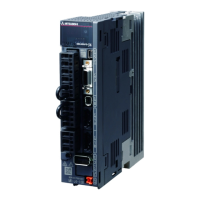
